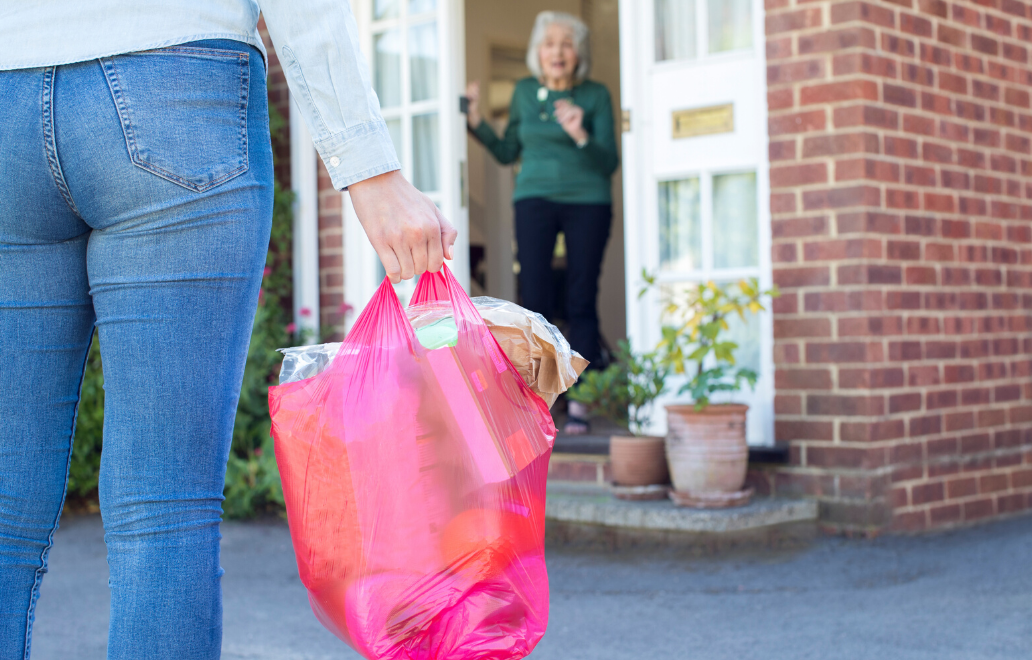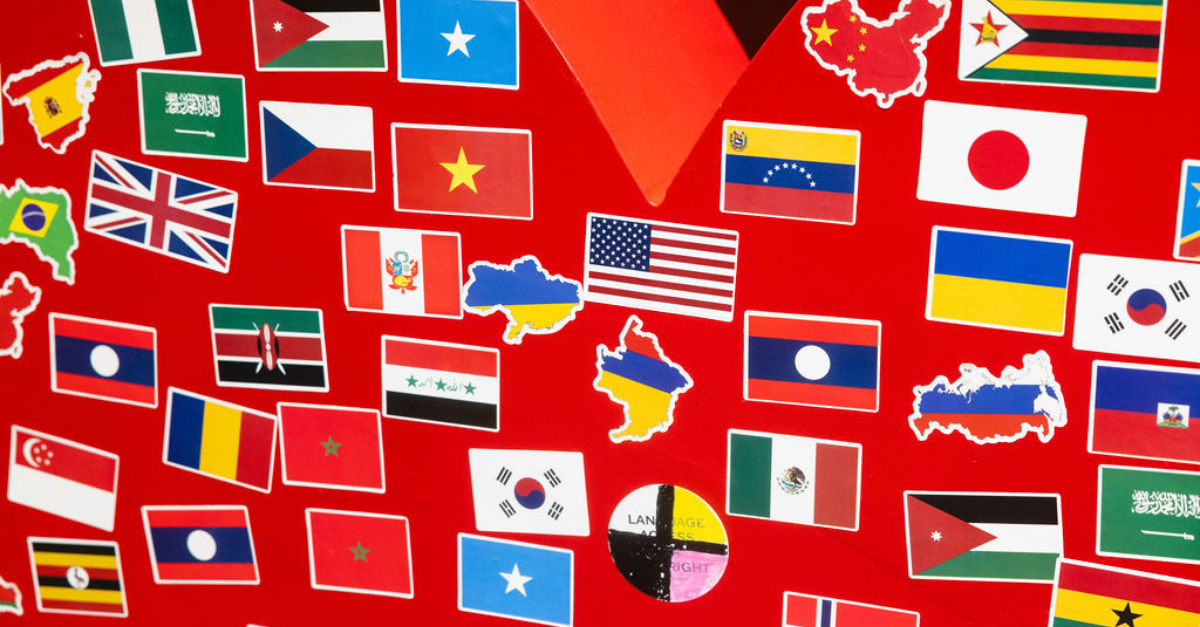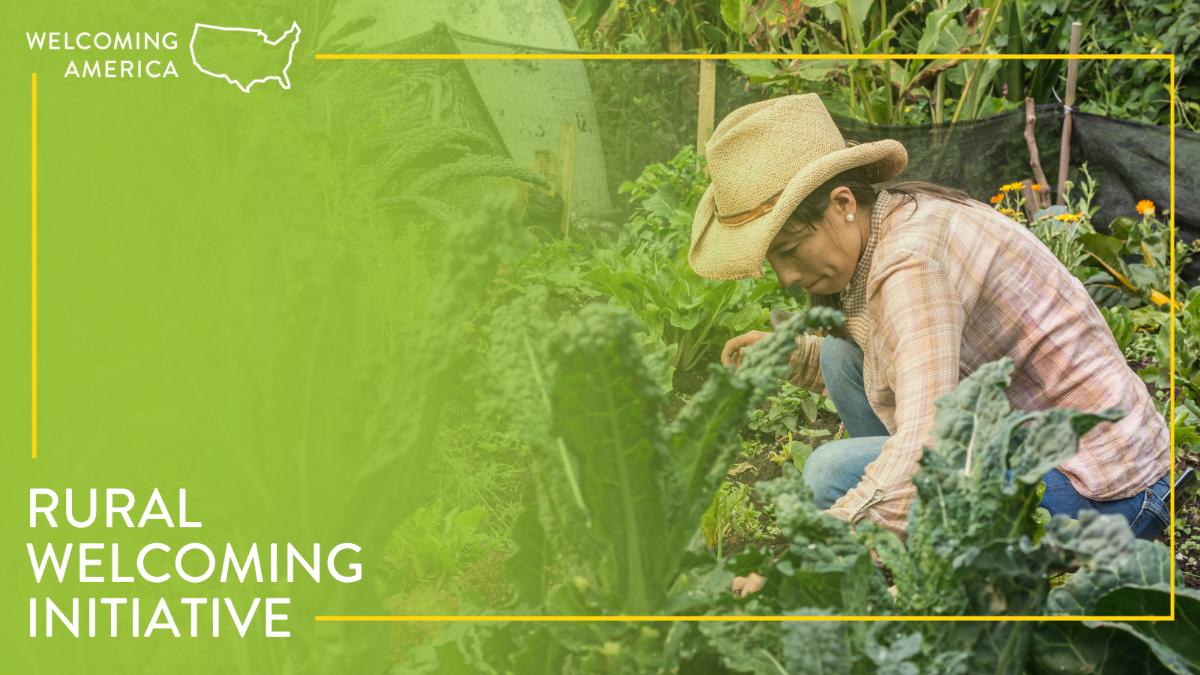
How to be a good neighbor during a crisis
As the spread of COVID-19 continues, we are inspired by the ways our Welcoming Network members continue to be positive role models for what it means to be a good neighbor, especially during times of crisis. We know that places that invest long-term in approaches to resilience will find themselves better prepared to confront the challenges of tomorrow.
Here are some examples of our members being welcoming during the crisis, as well as tips for all organizations on how to be an even better neighbor in their communities:
Forge deeper connections. Over the last decade of our work with communities across the globe, we have seen the power that comes when residents of all backgrounds build lasting relationships so that everyone can belong and thrive. Doing this intentionally across race, language, culture, ability and other lines of difference is critical to overcoming the crisis. In eastern Iowa, a woman concerned about her Amish neighbors not taking the virus seriously took it upon herself to ensure they had access to information and resources for help in non-digital formats, as the Amish do not use technology.
Recognize the potential and the humanity in those around you, even when it’s difficult or uncomfortable. Many of us live in communities that are deeply segregated and divided, making it difficult to connect or recognize our neighbors as part of us (rather than “them”). While it may be more challenging than usual to build social cohesion or build contact, there are creative ways that communities can intentionally come together to reduce misperceptions and fears. Doing so becomes even more important as our neighbors are being scapegoated. All of our neighbors must be part of the public health solution in a community, especially those who are serving on the frontlines of combating the virus, like grocery store workers, nurses, truck drivers, and others, many of whom are from other countries.
Look at who is included and excluded in your community’s response. We may not be making decisions from city hall, but most of us, whether in parent groups or in the workplace, are making decisions that impact the health and safety of everyone. That’s why it’s important to make sure ALL people — especially those isolated due to language, status, race, or zip code — are fully considered and included in all decision making. “Because things are moving so fast, including immigrants becomes an afterthought and not as intentional,” says Ze Min Xiao of the Salt Lake County Mayor’s Office for New Americans, a Welcoming Network member. “Immigrants must also be at the table when planning emergency responses. This means making sure information is translated and culturally resonant.”
Stay connected – digitally or otherwise. Keep using email, blog posts, social media, and virtual platforms to stay connected to your staff, board, and communities. If working in or with rural communities where the internet connection may not support virtual meetings, phone calls remain a trusted method. Another method? Send letters! According to the CDC, the coronavirus is unlikely to be transmitted by mail, so this is the perfect opportunity to write thoughtful notes by hand. Consider sending these to people detained in immigrant detention, serving in the military, healthcare, grocery stores, municipalities, and the post office.
Speak the language. For communities where English is not the native language, producing materials in multiple languages or in visual-heavy forms is critical to achieving a whole-of-community response to the virus. At the International Institute of St. Louis, a Welcoming America member, phone lines are available to those who need translation of coronavirus updates and news. Another example is the City of Baltimore Mayor’s Office of Immigrant Affairs and its resource hub where all materials, including social media updates, are translated into multiple languages. When offering help to the elderly or vulnerable, remember to communicate through the channels THEY use, not the ones that are most convenient for you. This is not only true for getting out information to the community, but also for gathering information in developing your own response. Make sure surveys, phone lines, and other tools for collecting feedback are translated and transmitted to your whole community.
Feed people. Everyone needs to eat, but not everyone has the means to eat how they want. As restaurants close and grocery stores struggle to restock, several cities and organizations have mobilized to provide free or discounted meals to children, the homeless, and those who have lost income because of the pandemic. The city of Philadelphia, for example, published a list and map of places for families to pick up meals in 80 locations across the city. Likewise, Building 1 Community, a Welcoming Network member in Connecticut, conducted a grab-and-go meal program this past weekend. You can contribute as an individual by volunteering as a meal server (with the proper protection gear) or delivery driver by dropping off meals or groceries on door steps. This Pennsylvania high school student is another great example of people scaling up their existing relationship with the elderly Sikh community by delivering clean food to doorsteps during COVID-19.
Got other tips to add to this list? Send them to [email protected].



